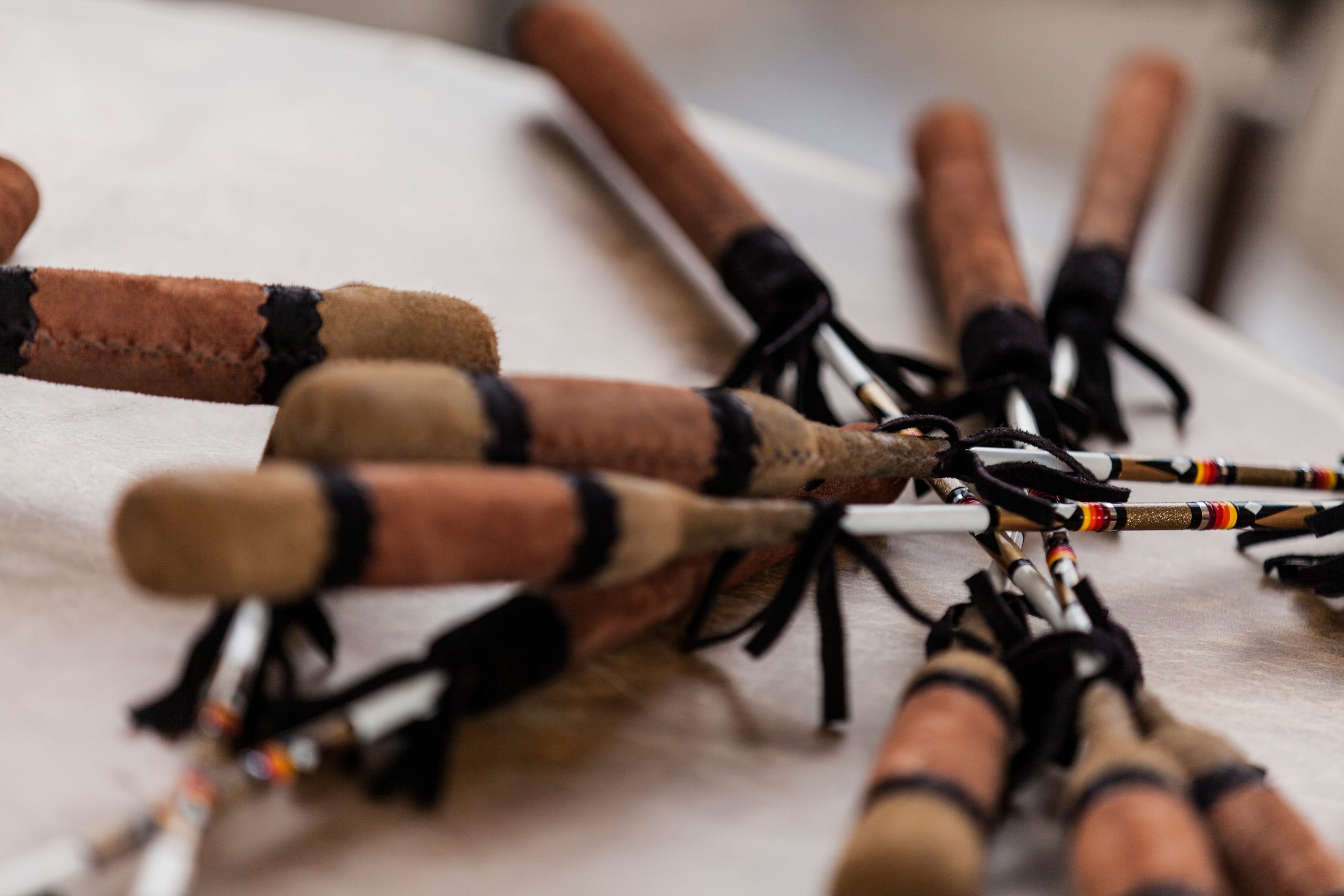COVID-19 TESTING
Ontario is prioritizing testing for the following groups and individuals:
• Frontline health worker
• Symptomatic peoples from isolated, rural, remote and Indigenous communities
• Hospitalized patients with respiratory issues
• Travelers returning to Canada with symptoms
• Long-term care facility clients
Due to global increase in demand for testing supplies, different methods of securing and distributing supplies for community nursing stations are being developed. These methods are being coordinated by Regional Health Tables (see Ontario Regional Health Tables section below). Any questions regarding supplies can be directed to the contacts for these tables or your local public health unit.
Ontario is expanding its COVID-19 testing capacity to meet demand and is beginning to address the testing backlog. Test results may take a number of days.
If patients are waiting for test results, they are asked to act as though they have COVID-19 (self-isolate) and seek medical assistance through appropriate channels as needed to ensure they are not infecting others.
No person exhibiting symptoms of COVID-19 should visit a medical facility or practitioner without contacting them in advance. Online COVID-19 self-assessment tool: https://covid-19.ontario.ca/self-assessment/#q0)
POSITIVE COVID-19 TESTS
Results of COVID-19 tests are returned to the ordering clinician. This means that whoever conducted the swab test (ie. Doctor, nurse practitioner, etc) will receive the result and notify the patient. The clinician also has a responsibility to notify positive test results to the local
public health unit and proceed with contact and tracing procedures (to try to determine the contact source). If the positive result is from a First Nation individual living on reserve the clinician will also notify First Nation Inuit Health Branch (FNIHB) Ontario Region.
According to FNIHB, a conversation with the individual who has tested positive for COVID-19 would have to take place before Chief and Council is notified. Sharing this information would be at the discretion of the individual because it is classified as confidential. Chief and Councils
may want to develop processes or relationships to address the issue this confidentiality measure may pose in terms of curbing community spread.
ONTARIO REGIONAL HEALTH TABLES
Ontario’s health system restructuring process had already began before COVID-19 pandemic. At this point, this restructuring process has resulted in the establishment of five Regional Ontario Health Tables. These tables are supposed to be working with Public Health Units, Local Health Integration Networks, and First Nations as they determine responses to COVID-19 in their regions.
A summary of these tables and point of contact is provided below.
| OH Table | Chair person | Coordinator |
| East | Renato Discenza renato.discenza@lhins.on.ca | Sheila Stirling sheila.stirling@lhins.on.ca |
| West | Bruce Lauckner bruce.lauckner@lhins.on.ca | Emily Christoffersen emily.christoffersen@lhins.on.ca |
| Central | Donna Cripps donna.cripps@lhins.on.ca | Erica Jeffery erica.jeffery@lhins.on.ca |
| North | Rhonda Crocker-Ellacott rhonda.crockerellacott@lhins.on.ca | Betty-Anne Grey betty-anne.grey@lhins.on.ca |
| Toronto | Tess Romain tess.romain@tc.lhins.on.ca |
There is currently no accessible map outlining the boundaries for these tables. You can determine your region/table by reaching out to the contacts above or by contacting your local public health unit.
Public Health Unit Contact:
http://www.health.gov.on.ca/en/common/system/services/phu/locations.aspx
CANCER CARE
Cancer Care Ontario has released a pandemic guide, which provides recommendations for treating and consulting with patients who have cancer in Ontario during the time of a pandemic. It is intended to provide clinical guidance specific to cancer care. The guide is attached to this email as a PDF.
Two of the Indigenous Cancer Care Navigators in Southern Ontario have been redeployed to assist in hospitals. There is concern this could create gaps for First Nations cancer patients, and First Nations are being asked to inform an NIHB navigator or PTO staff (for AIAI member First Nations: Tpowell@aiai.on.ca or SNicholas@aiai.on.ca) of any additional issues or gaps cancer patients are experiencing in terms of accessing supports.
GUIDELINES FOR HEALTH CARE WORKERS
Ontario has developed guidelines for primary health care professionals during the pandemic. The latest version of these guidelines is available here:
http://www.health.gov.on.ca/en/pro/programs/publichealth/coronavirus/docs/2019_primary_ care_guidance.pdf
On March 25, 2020, Public Health Ontario updated their Recommendations for Use of Personal Protective Equipment for Care of Individuals with Suspect or Confirmed COVID-19. Available here: https://www.publichealthontario.ca/-/media/documents/ncov/updated-ipac-measurescovid- 19.pdf?la=en
Guidelines and tips for needle syringe and harm reduction programs have been developed and are available here: https://chiefsofontario.wordpress.com/2020/03/27/tips-for-needle-syringeprograms- and-harm-reduction-providers/
Guidelines for Consumption Treatment Sites are available here:
http://www.health.gov.on.ca/en/pro/programs/publichealth/coronavirus/2019_guidance.aspx
For further information for frontline workers, health care workers may contact the Ontario’s Health Care Provider Hotline at 1-866-212-2272. Health care workers can also access additional information via email at: emergencymanagement.moh@ontario.ca
INFRASTRUCTURE SUPPORT
Ontario First Nations Technical Services Corporation (OFNTSC) has announced that if any First Nation requires support with respect to operating their critical community infrastructure, or is in an emergency situation that requires training, can connect with OFNTSC staff to discuss
resources and options in the following areas:
• Emergency Planning; Engineering and Environment
• Fire and Safety; Fuel Systems Management
• Housing and Infrastructure
• Water and Wastewater
• Operations and Maintenance
OFNTSC staff will be available to support First Nations on a case by case basis as this situation unfolds.
ADDITIONAL RESOURCES
- Telehealth Ontario: 1-866-797-0000
- Public Health Unit Contacts:
http://www.health.gov.on.ca/en/common/system/services/phu/locations.aspx - Online COVID-19 self-assessment tool: https://covid-19.ontario.ca/self-assessment/#q0)
- Ministry of Health and Ministry of Long-term Care: Guidelines for the Health Sector:
http://www.health.gov.on.ca/en/pro/programs/publichealth/coronavirus/2019_guidance.aspx - Guidelines for proper mask use (attached)
- Indigenous Services of Canada COVID-19 info for Indigenous Communities:
https://www.sac-isc.gc.ca/eng/1581964230816/1581964277298 - Information on reducing risk : https://www.canada.ca/en/publichealth/
services/diseases/2019-novel-coronavirus-infection/prevention-risks.html) - Ontario State of Emergency: https://www.ontario.ca/page/2019-novelcoronavirus# section-1
- Ontario COVID-19 information website: https://www.ontario.ca/page/2019-novelcoronavirus
- Canada COVID-19 information website: https://www.canada.ca/en/publichealth/services/diseases/2019-novel-coronavirus-infection.html
- Chiefs of Ontario COVID-19 information webpage: https://chiefsofontario.wordpress.com/

